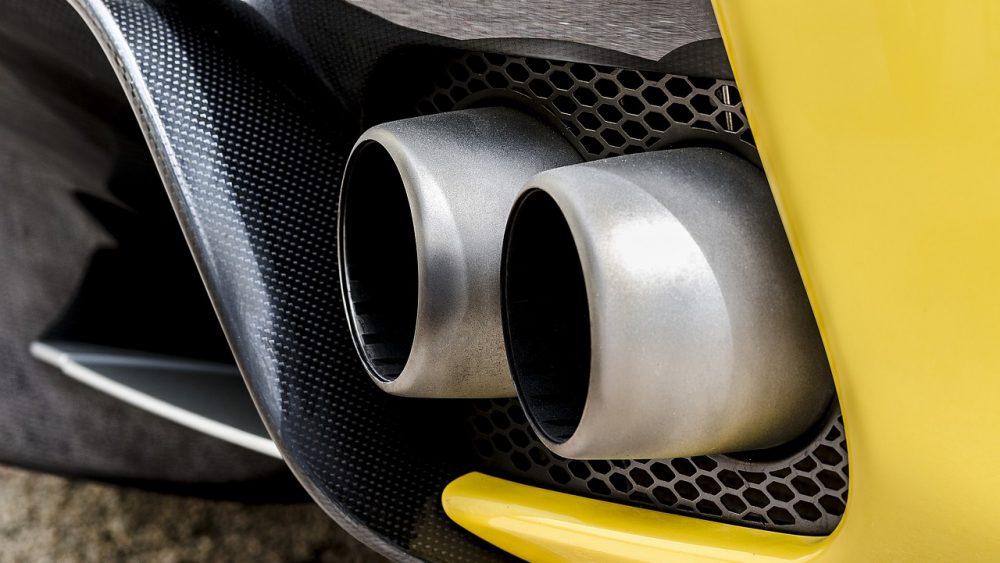What is Carbon Monoxide?
Carbon monoxide is an odourless, colourless, and highly poisonous gas. It is a by-product of an incomplete combustion of any carbon-containing material (wood, coal, oil, gasoline, diesel, propane, natural gas).
Where is Carbon Monoxide a Hazard?
Since carbon monoxide is formed by the incomplete combustion of a carbon-containing material, carbon monoxide is a hazard at any location where these materials are present. Common sources of carbon monoxide on construction sites include:
- Vehicle exhausts
- Generators and fuel-powered heaters
- Welding machines
- Industrial processes
- Cement mixers
- Fires
- Gasoline-powered tools
Warning Signs
Warning signs of carbon monoxide exposure include:
- Headache (gradually increasing in intensity)
- Dizziness
- Drowsiness
- Nausea
- Weakness
- Mental confusion
- Shortness of breath
- Impaired vision
- Impaired heating
- Death
If you or a co-worker experiences any of these symptoms, get into fresh air and seek medical assistance.
Prevention
Carbon monoxide can be prevented. Follow these tips to reduce the risk of carbon monoxide poisoning at your workplace:
- Educate workers on carbon monoxide, including the signs and symptoms of carbon monoxide poisoning
- Use CO detectors where possible and monitor levels to ensure adequate ventilation
- Never run an engine in enclosed spaces; limit engine idling
- Keep work areas well-ventilated


Comments are closed.